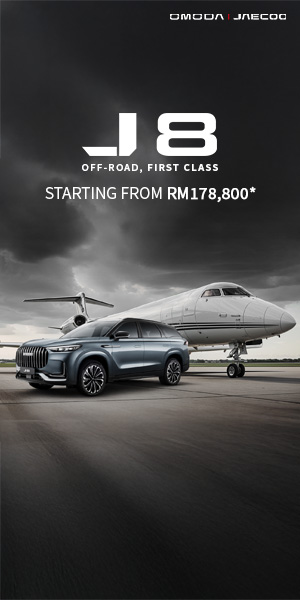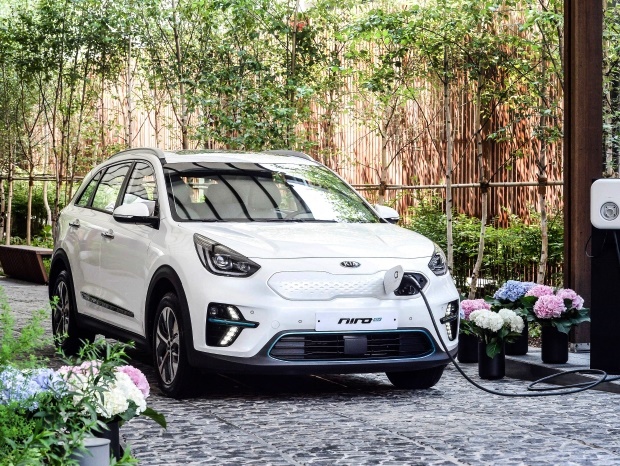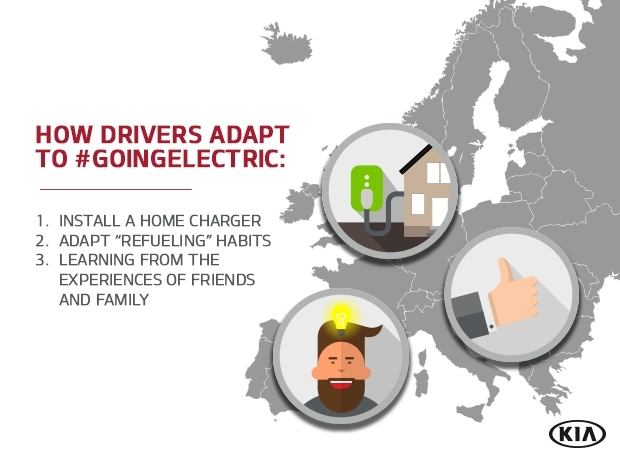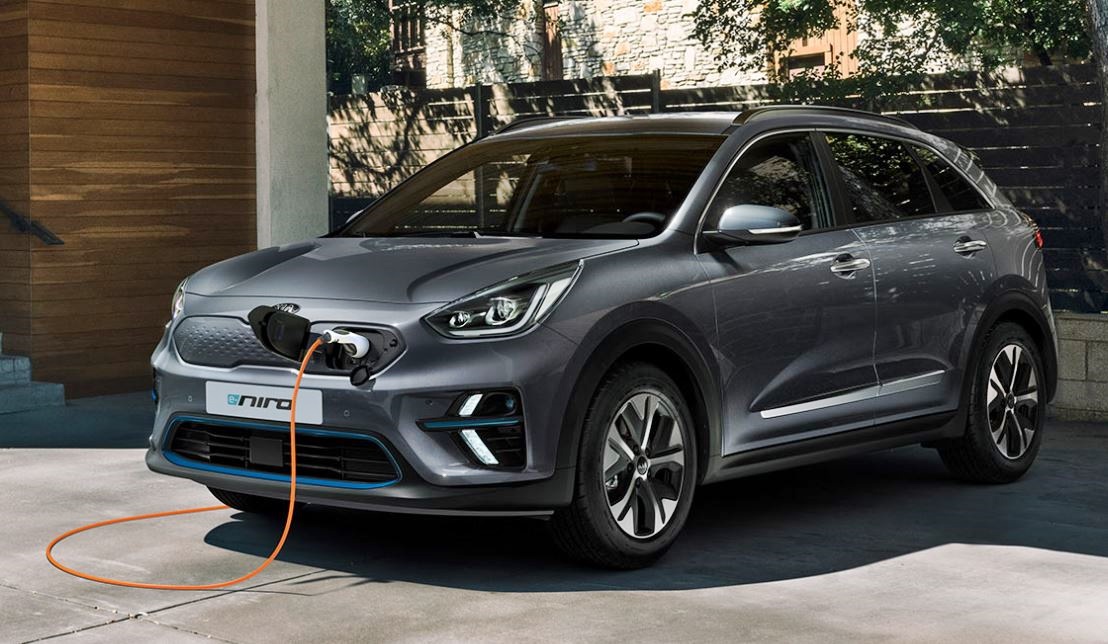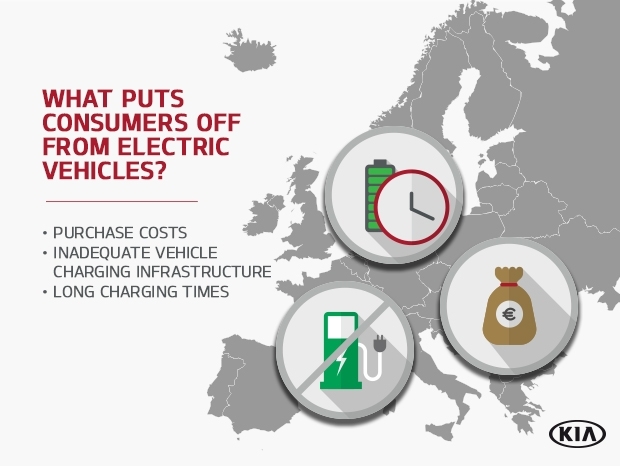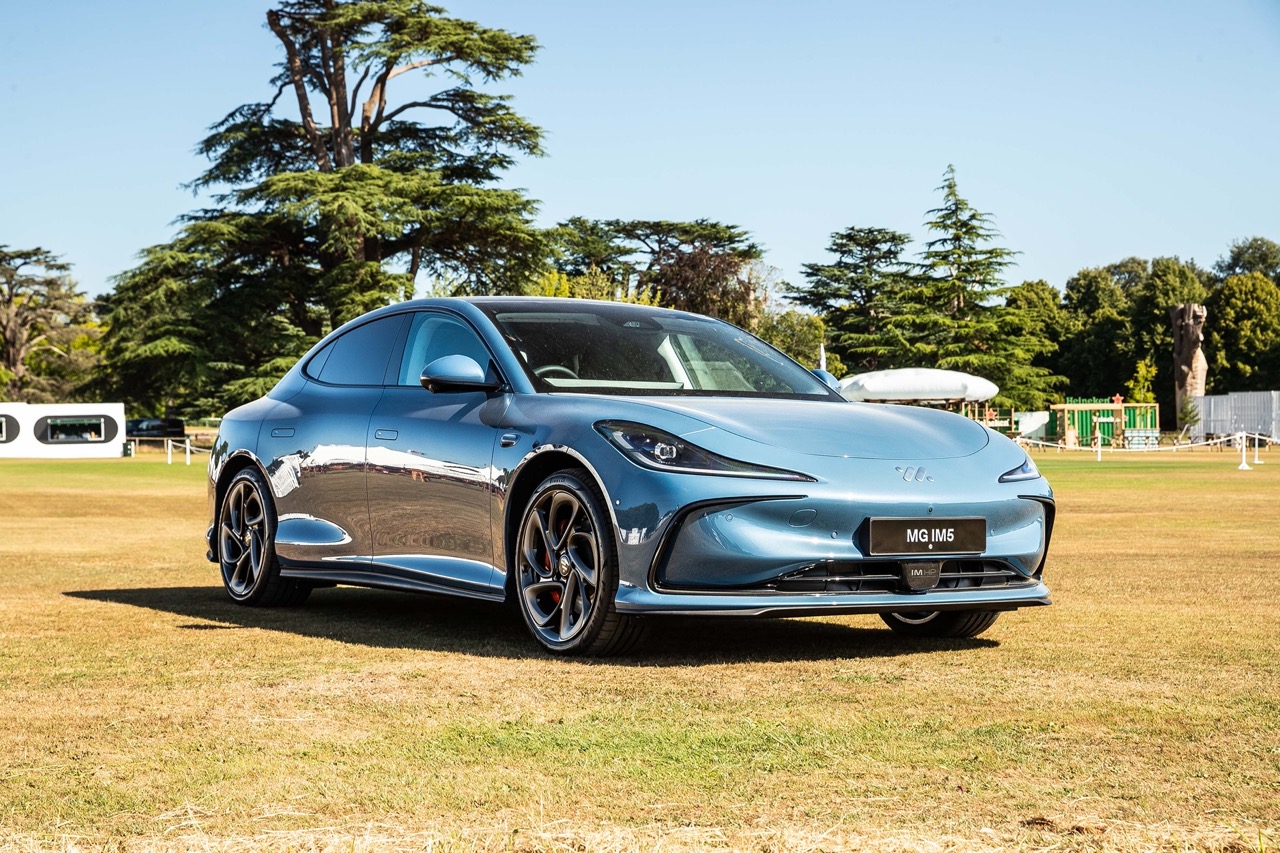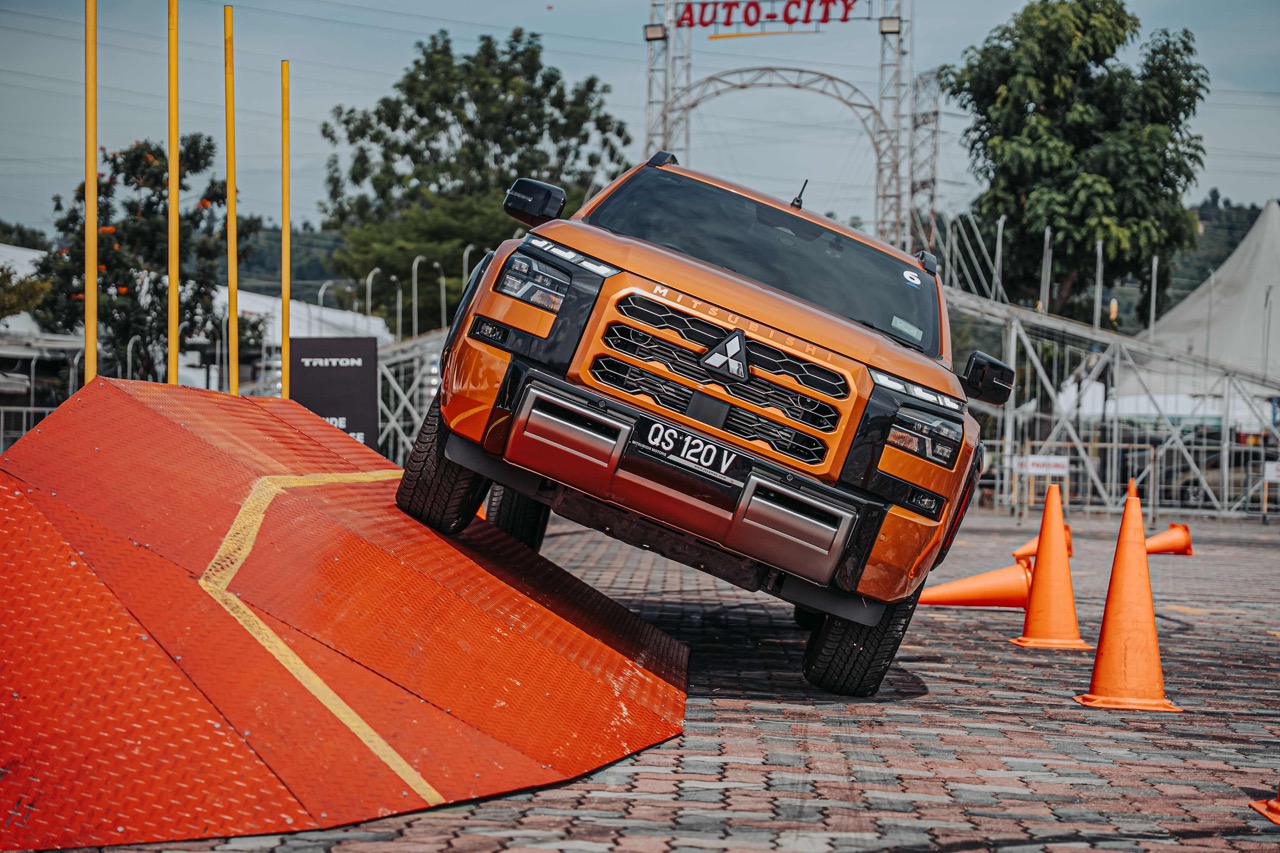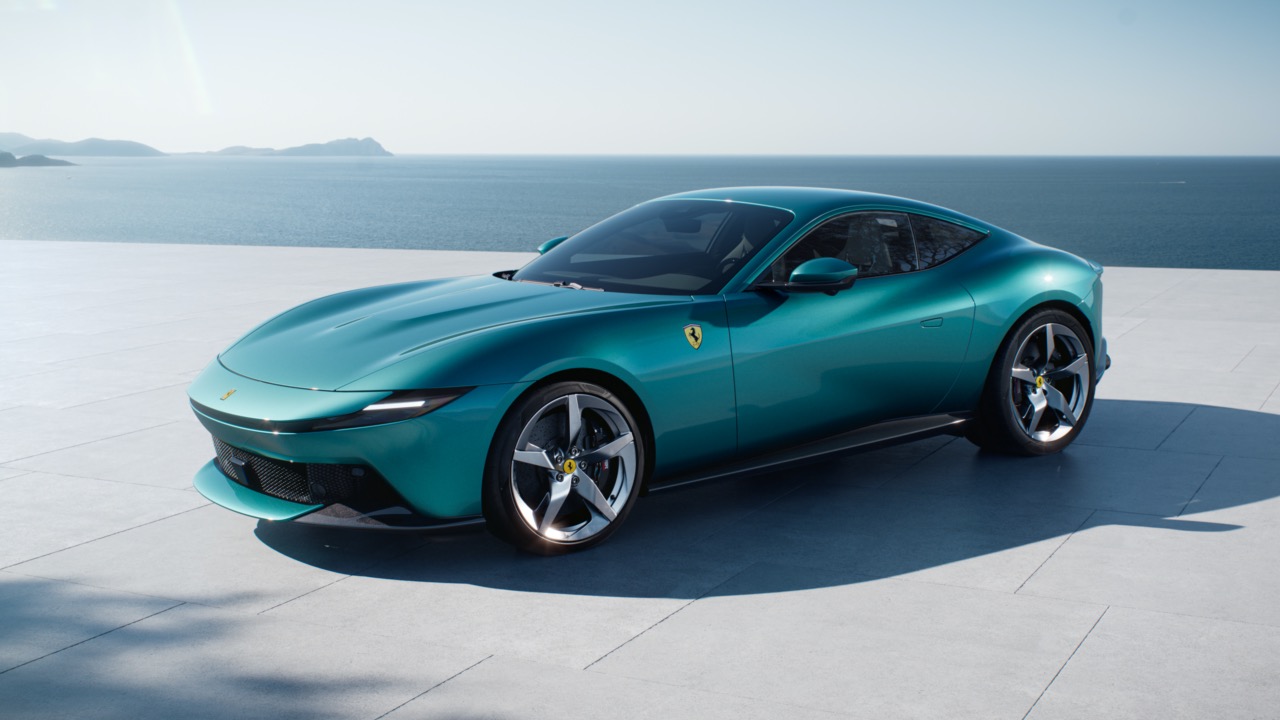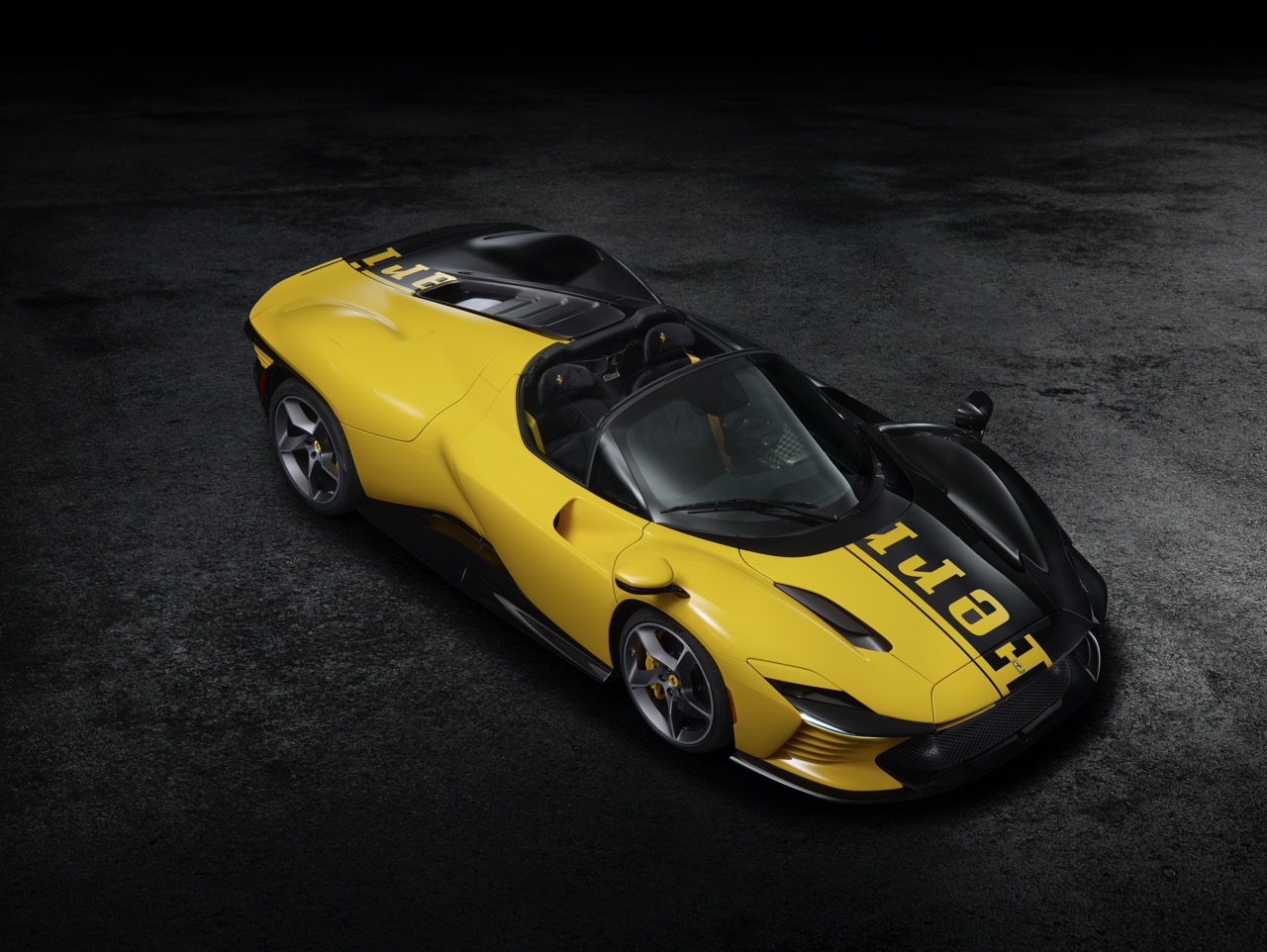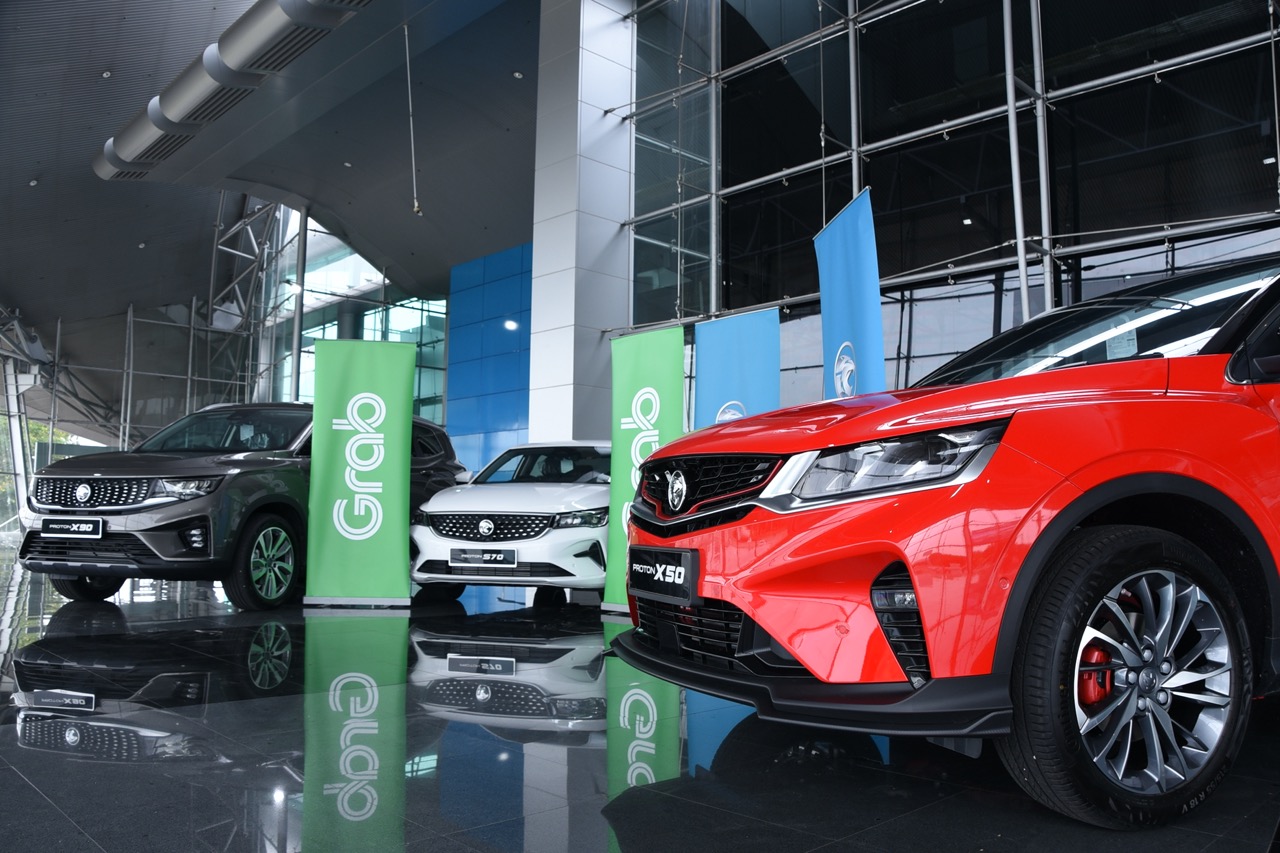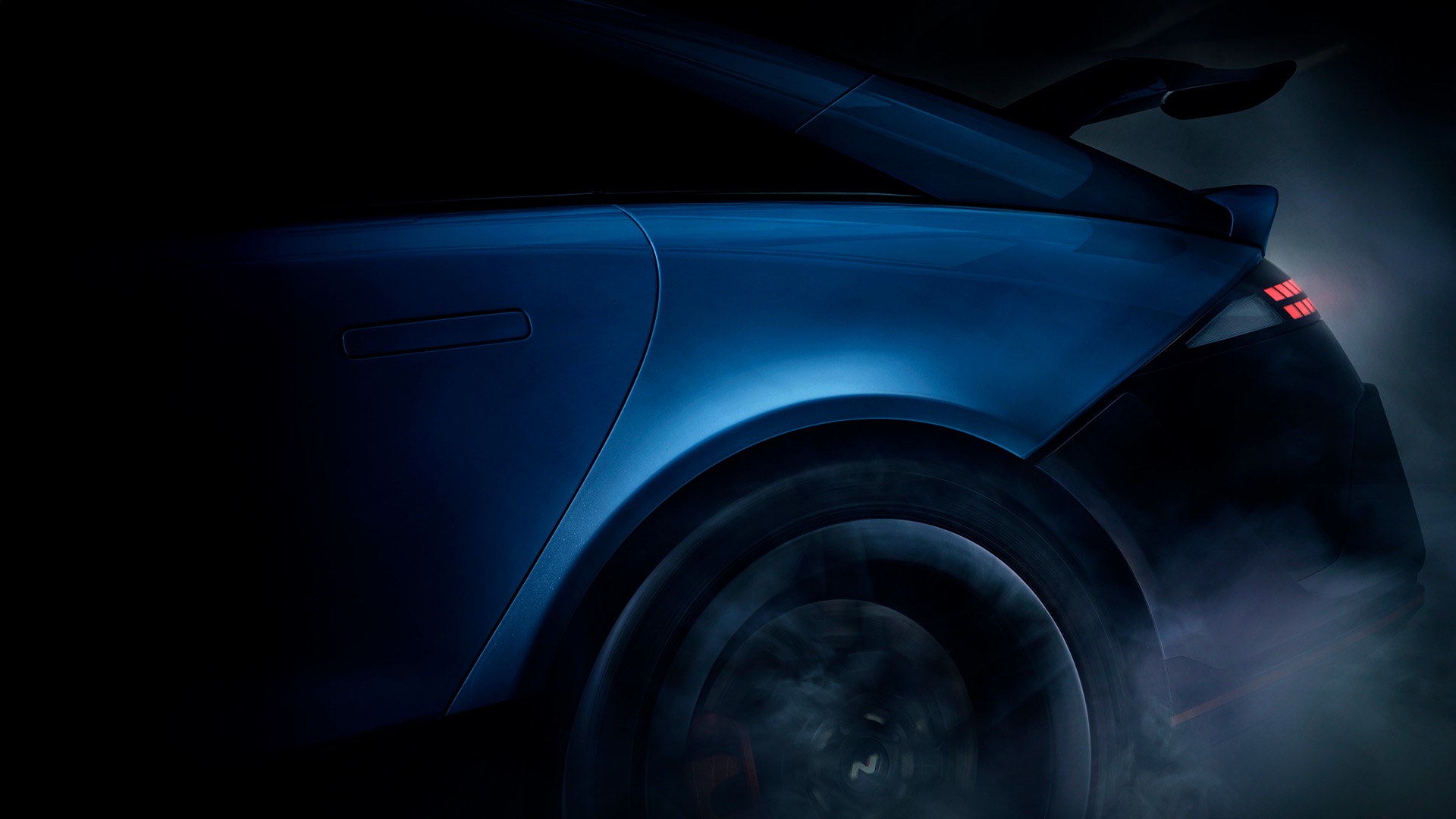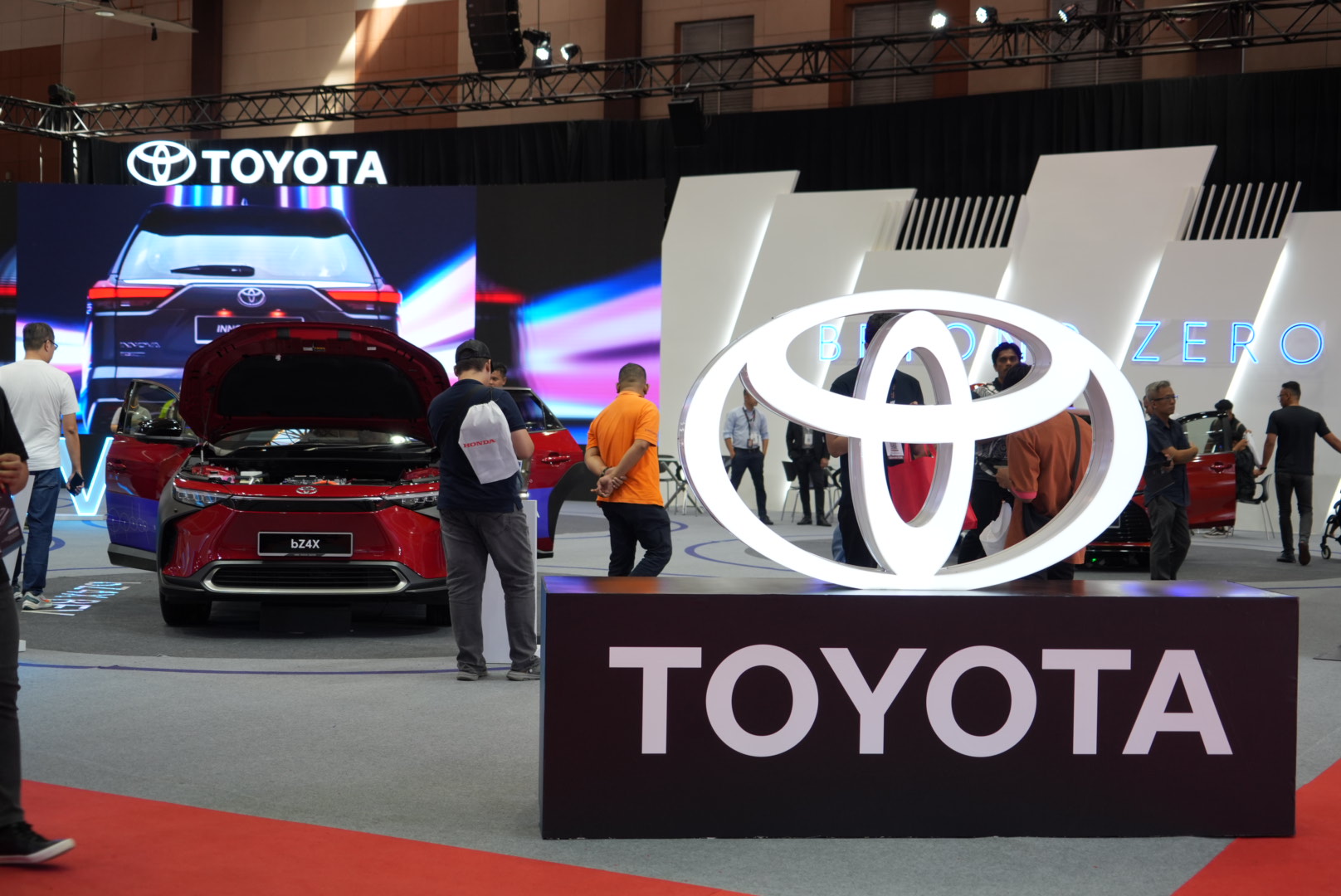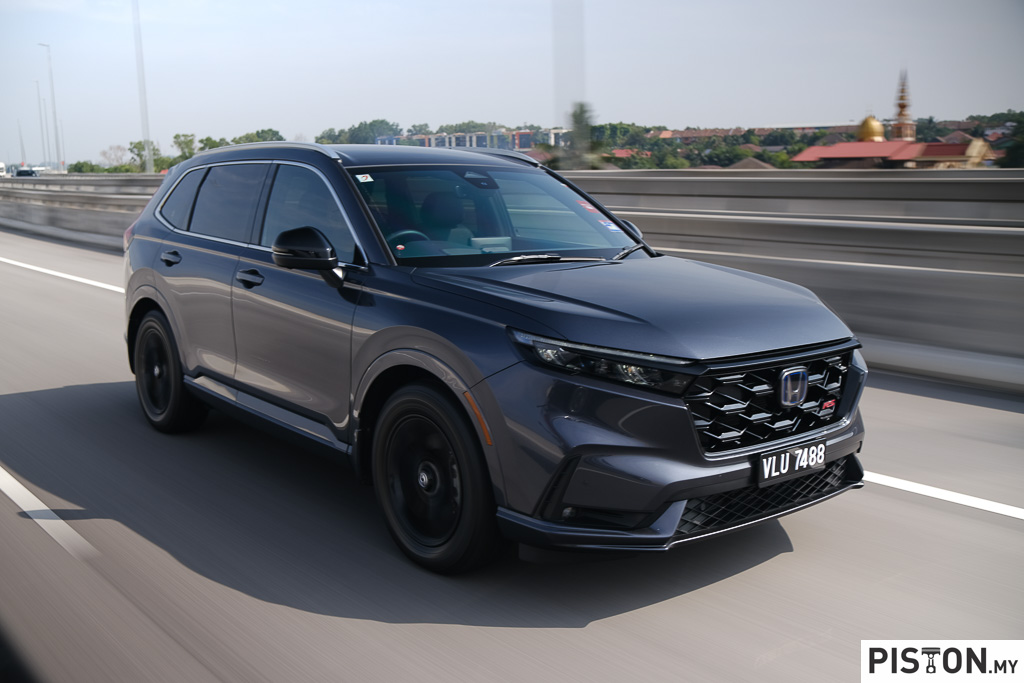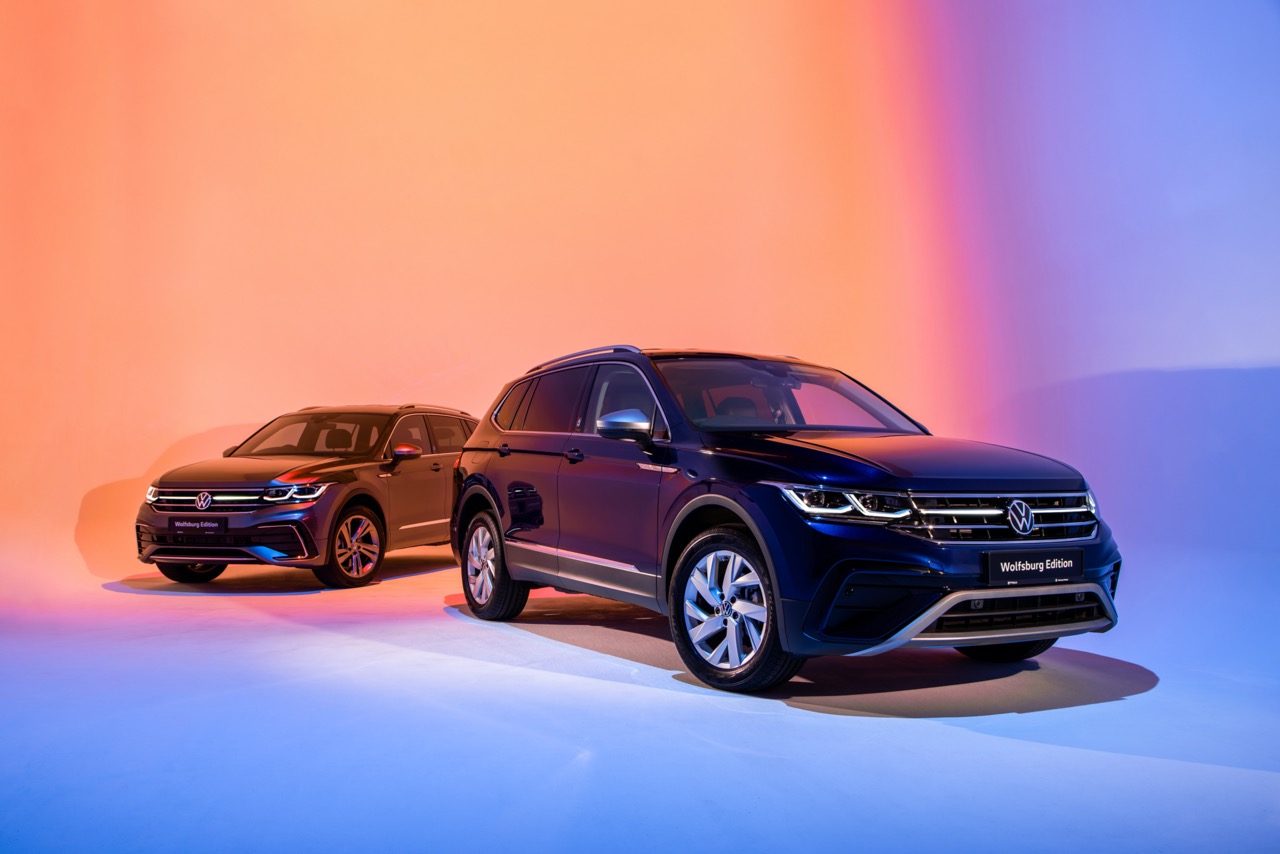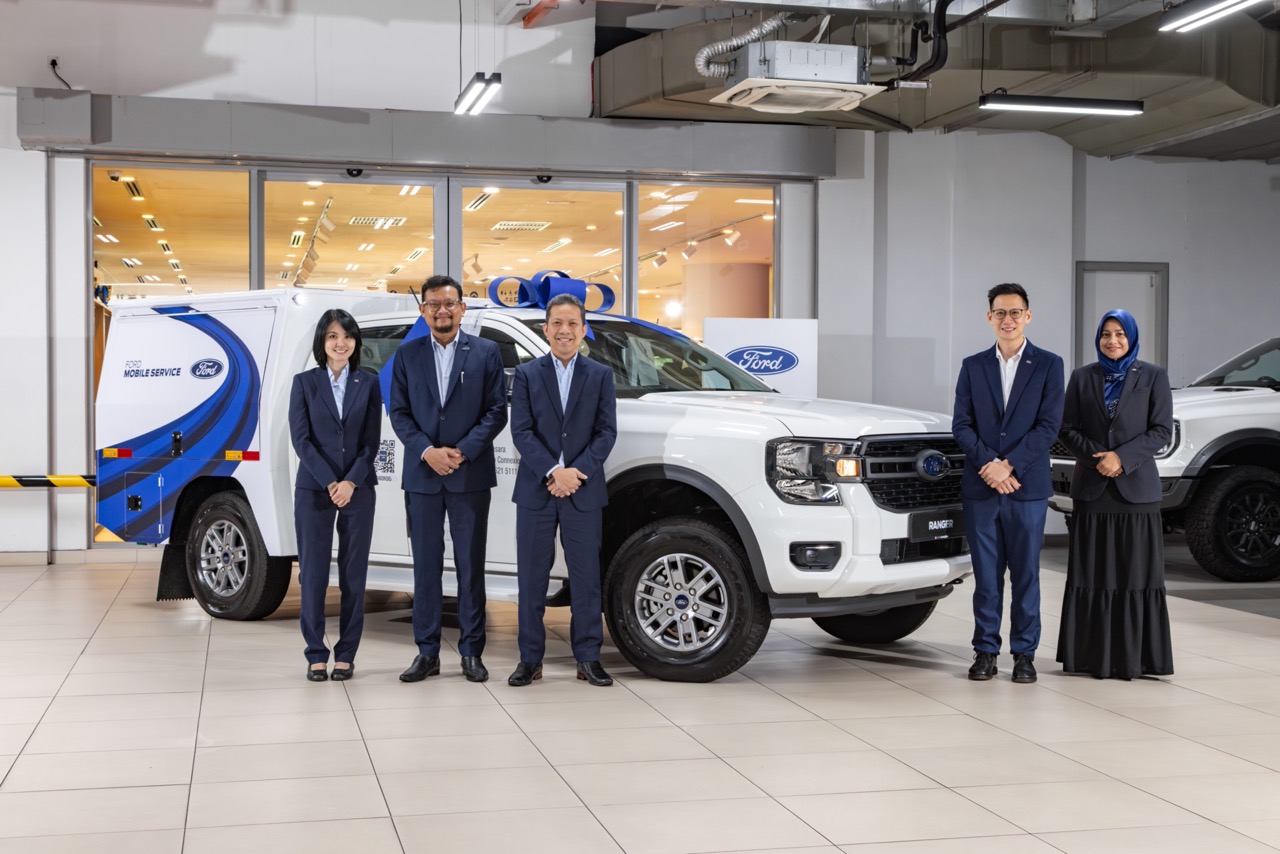Following a 4,100-km drive through the world’s most developed electrified car markets, Kia Motors collected data that provides insights into the major trends for electrification in Europe. Referred to as the ‘Electric Mission’, the project was carried out in partnership with automotive research consultancy World Shopper.
The Electric Mission lasted 10 days, with a team of researchers visiting towns and cities across Northern Europe that are shaping the future of electric mobility. The team completed the journey in a Kia e-Niro all-electric crossover, passing through Germany, the Netherlands, Denmark, Sweden and Norway.
During the road trip, World Shopper’s industry analysts met with more than a hundred decision-makers and stakeholders in the world of vehicle electrification, gathering data and first-hand insights for the Electric Mission report. The researchers also met with consumers, exploring attitudes towards electric vehicles, charging infrastructure, trends for electric vehicle adoption, and how they integrate electric vehicles into their daily lives.
The report suggests that consumers are still put off by the perception of high electric vehicle purchase costs, inadequate vehicle charging infrastructure, and long charging times. Crucially, the report also shows how drivers have successfully switched from petrol and diesel vehicles and incorporated electric vehicles into their lifestyle.
Home charger makes a difference
The report found that consumers can more easily make the transition from fossil fuels to electric power by installing a home charging point. Often subsidised, or offered with the purchase of the electric car, home chargers enable drivers to leave home every morning with a full battery – not a luxury enjoyed by drivers of conventional vehicles.
Owners of the e-Niro, for example, can set off every day with the maximum 455-km range when the battery pack is fully charged – a range significantly further than most drivers cover in a single day. The report found that the average single drive would only require around 4kW of the e-Niro’s 64 kWh battery capacity.
Adapting ‘refuelling’ habits
While the research from Kia and World Shopper highlighted a shift towards charging vehicles at home or at the office, many people have also fit electric vehicles into their lives by adapting their day-to-day charging habits. In Norway, for example, many drivers use vehicle recharging time to have something to eat, have a coffee, or catch up on their email.
The proliferation of fast chargers at service stops on major roads enables drivers to quickly recharge their vehicles sufficiently for a week of commuter driving in the space just 30 minutes. For example, charging a vehicle with a battery pack of 50kWh using a 175 kW fast charger, a driver can recover an 80% battery charge in between 15 and 30 minutes.
Sharing the experiences of others
Kia found during its research that one of the easiest ways for buyers of fossil fuel vehicles to overcome any concerns around electric vehicles was hearing about positive experiences of their friends and family. With vehicles such as the e-Niro making long-distance, zero-emissions transport possible, many drivers just need to hear about the added benefit of lower running costs, maintenance costs and lower vehicle taxes to be convinced. Word-of-mouth remains the number one reason why many people have switched to electric power in certain markets, and the longer driving range of the new generation of electric vehicles is now making them a truly viable choice for the majority of drivers.
Explosions that prevent electric shocks in electric vehicles after accidents






